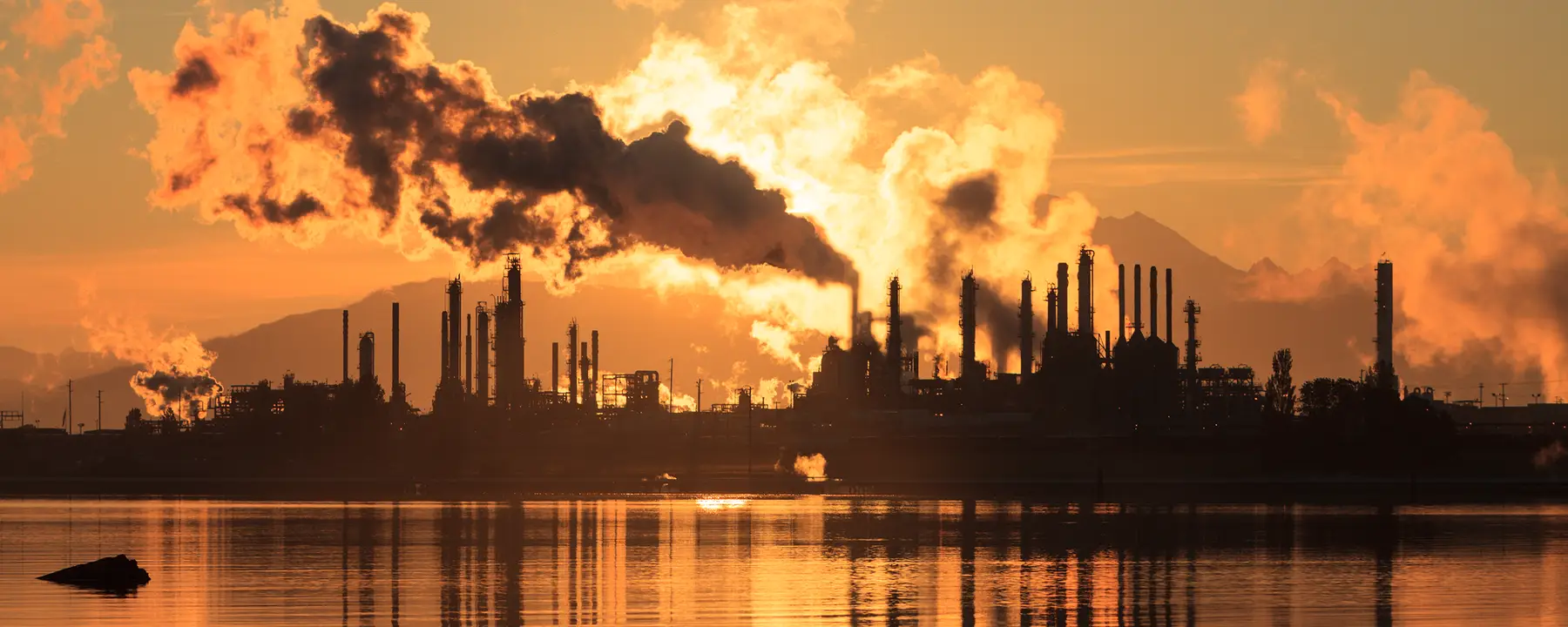Providing Insights to a Widely used Solvent in the Petrochemical Industry
Objective
To measure sulfolane's toxicity and help regulators understand the potential health impacts of the chemical in drinking water near gasoline and oil refineries.
Approach
Our expertise in in vivo studies helped our collaborators at the National Toxicology Program (NTP) to investigate sulfolane's effects.
Impact
Our studies inform regulatory agencies about potential hazards from an environmental contaminant.
Americans consume around 123 billion gallons of motor gasoline annually, or 337 million gallons daily, according to the U.S. Energy Information Administration. Because Americans rely on gas-powered vehicles for transportation, it is essential to understand the potential environmental consequences of extracting and refining oil, which can adversely impact animals and humans in the vicinity of these industrial sites.
Before fuel reaches a gas tank, it goes through a refining process that often requires the use of harsh chemicals that are not found in nature. Sulfolane is a solvent used by oil refineries to purify natural gas and extract hydrocarbons from the complex mixture. It was first developed and used by the Shell Oil Company in the 1960s and has since become the most effective and commonly used solvent in the petrochemical industry. While sulfolane is listed as a high production volume chemical by the United States Environmental Protection Agency (EPA), little is known about its impact on humans and the natural environment. However, because of its water-solubility, the risk of sulfolane contaminating water sources near refineries is high. Such contamination can lead to distribution throughout the local environment including in ground water and uptake by animals and humans.
Sulfolane Detected in Drinking Water Near Alaskan Petroleum Refinery
In 2009, sulfolane was detected in drinking water near the North Pole Refinery, 15 miles from Fairbanks, Alaska. Further investigations reported that nearly 300 drinking wells near the refinery were contaminated with some level of sulfolane. Although the refinery closed in 2014, the findings led the Alaska Department of Environment and Conservation and the National Toxicology Program (NTP) of the National Institute of Environment Health Sciences (NIEHS) to further investigate the potential adverse health effects from exposure to sulfolane.
RTI Studying Sulfolane’s Impact on Mice and Rats
The NTP sought the help of the RTI Analytical Sciences Laboratory to study the toxicity of sulfolane with a goal of establishing a threshold of exposure. RTI supported the NTP with chemical screening, formulation analysis, biosample analyses, and toxicokinetic modeling. Our team investigated how animal models absorbed sulfolane when it was orally ingested and applied to the skin. This type of study can provide information on how much sulfolane is absorbed in humans and how it’s metabolized.
Our team of experts developed analytical methods for detecting and measuring the chemical in different types of samples. The team prepared dosing mixtures, which were analyzed to detect and identify impurities. The dosing mixtures were then used in exposure studies, to enable NTP to monitor the toxic effects of the chemical and to establish a threshold of hazardous exposure for future risk assessments.
Further studies are ongoing about the long-term effects of sulfolane. Work to date and the results of future studies will inform the development of strategies, if needed, to reduce or replace the use of sulfolane in the petrochemical industry. Additionally, our team’s findings provide critical context for developing long-term strategies that public health and environmental agencies can use for cleaning up sulfolane contamination in the environment. This work is an example of RTI’s commitment to providing reliable scientific information that’s critical to developing regulatory decisions and that promotes public health.
Learn more about RTI Analytical Laboratory Science.
- National Toxicology Program
- National Institute of Environmental Health Sciences (NIEHS)






